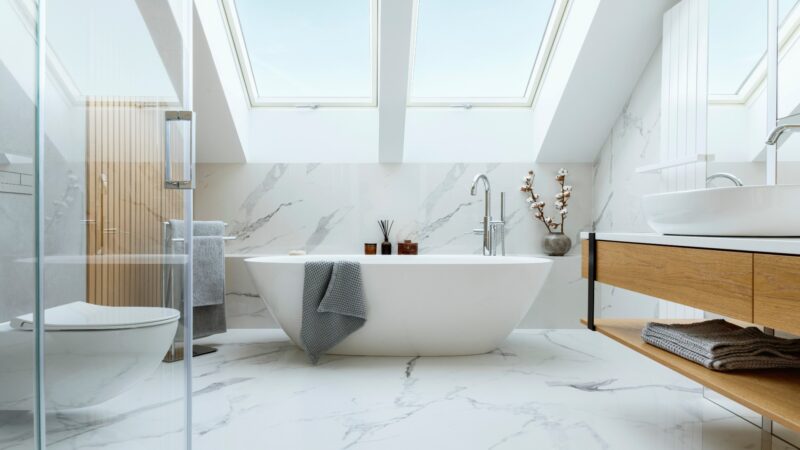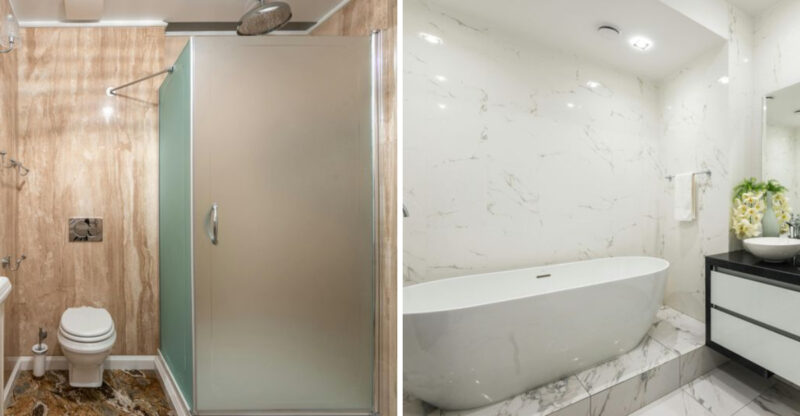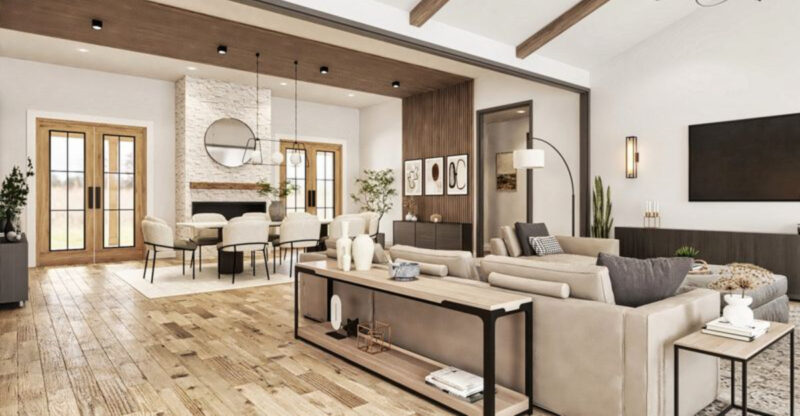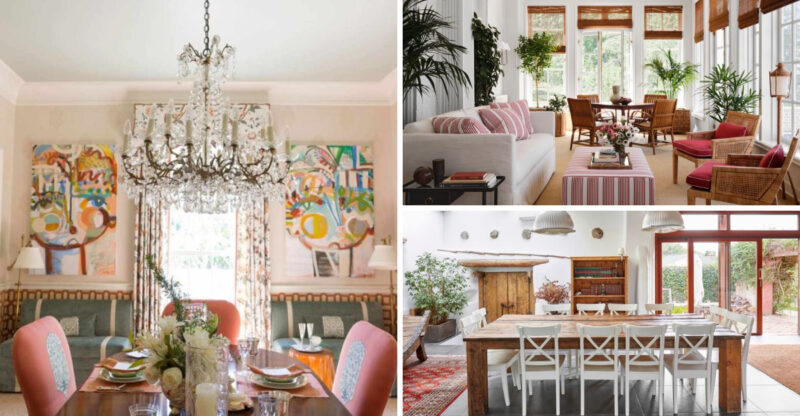9 Popular Interior Design Trends I Would Personally Skip
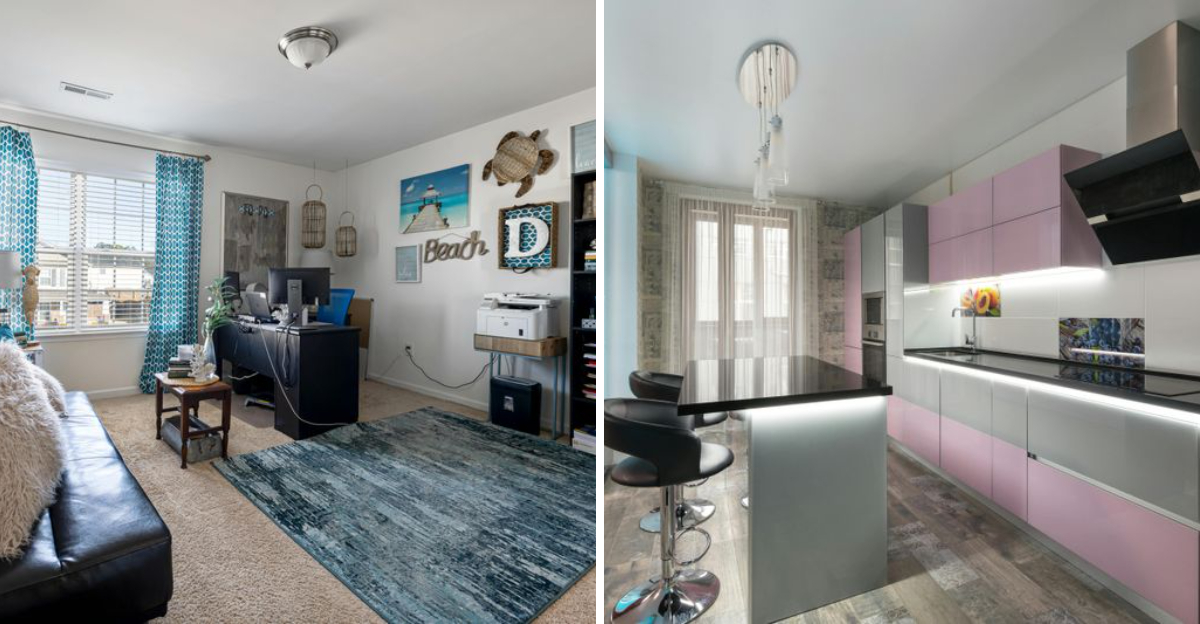
Have you ever looked around your home and wondered if some trendy décor choices are really worth it? Interior design fads come and go, but not every popular idea lives up to the hype.
Knowing which trends to skip can save you time, money, and a lot of future redecorating headaches. In this article, we’ll explore some interior design trends that I personally wouldn’t invest in, helping you make more timeless and practical style choices.
The insights shared here are based on personal experience and widely observed design practices. Individual preferences and outcomes may vary.
1. All-White Interiors

How does anyone actually live in these spaces? They remind me of sterile hospital rooms rather than cozy homes. The pristine look quickly fades when real life happens.
All-white interiors show every speck of dust, coffee drip, and fingerprint. Plus, they lack personality and warmth that makes a house feel like a home.
White-on-white-on-white creates a cold atmosphere that feels more like a showroom than a living space.
2. Open Shelving In Kitchens
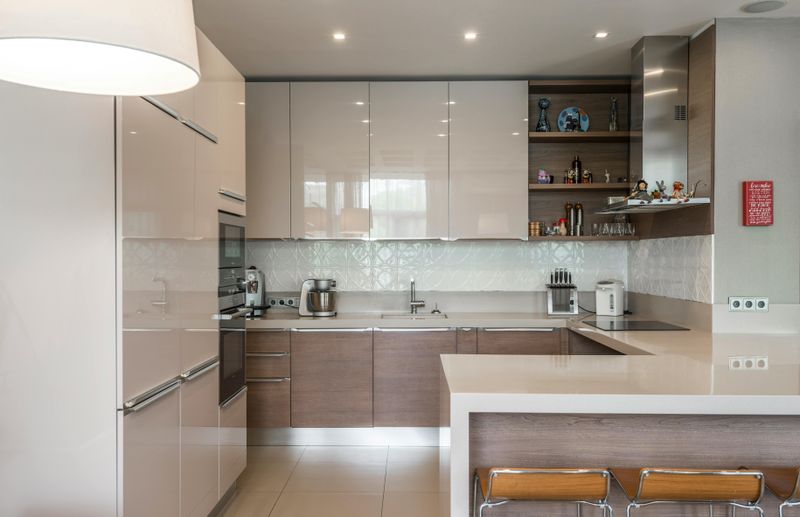
Though Instagram makes open shelving look effortlessly chic, the reality involves constant dusting and perfect arrangement. Nobody talks about how cooking grease settles on everything.
Open shelving forces you to maintain a curated collection of matching dishes and glassware. Most people’s actual kitchen items aren’t display-worthy!
When earthquake-prone areas make this trend particularly anxiety-inducing, I wonder why we torture ourselves for aesthetic points.
3. Excessive Shiplap Walls
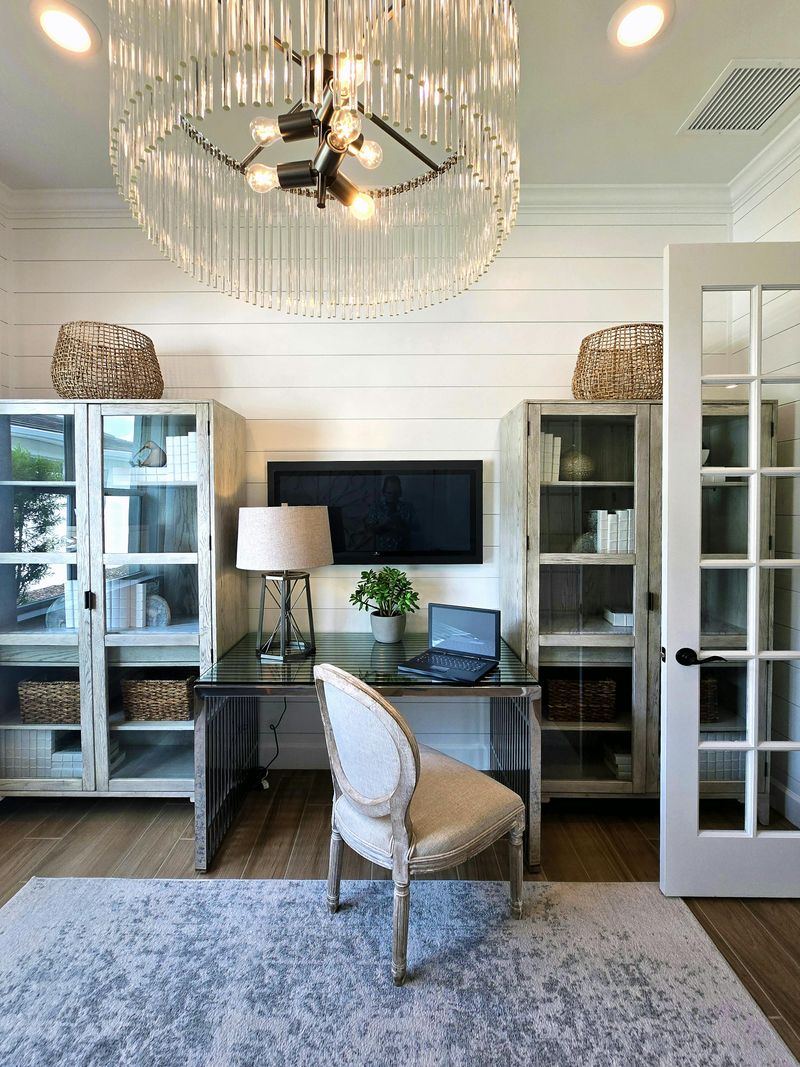
Thanks to certain home renovation shows, horizontal wooden planks have invaded homes nationwide. Shiplap has its place in coastal or rustic settings, but covering every surface creates a claustrophobic, busy feeling.
The worst offenders install it in inappropriate spaces like formal dining rooms or contemporary homes. This trend creates dust-collecting grooves everywhere and will instantly date your home.
When future homeowners curse your name while removing it all, you’ll wish you’d just painted those walls.
4. Oversized Statement Furniture
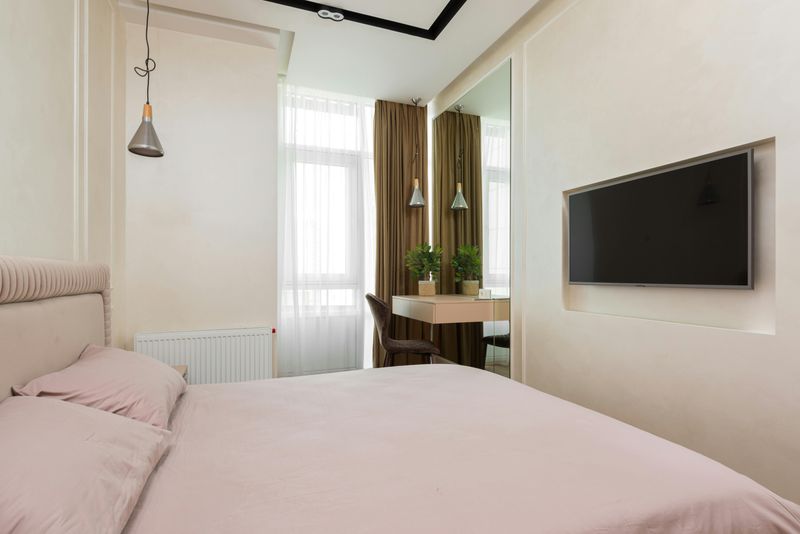
If you’ve ever navigated around a massive sectional that swallows an entire living room, you understand my frustration. Gigantic furniture pieces might look impressive in showrooms with vaulted ceilings, but they overwhelm average homes.
Oversized pieces restrict traffic flow and make rooms feel cramped. These mammoth items also limit future design flexibility since they’re difficult to rearrange or replace.
Human-scaled furniture creates more comfortable, functional spaces while still allowing for style and comfort.
5. Wall-To-Wall Carpeting
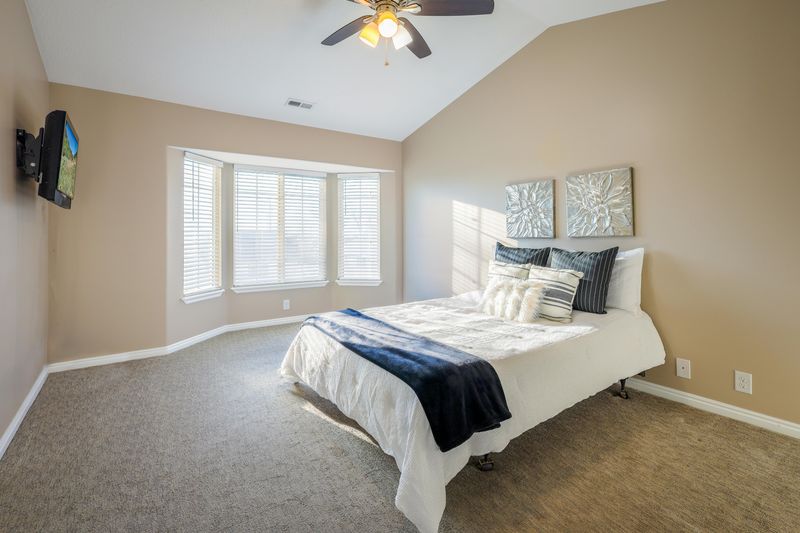
Where do I even begin with this flooring nightmare? Wall-to-wall carpeting traps allergens, stains permanently, and harbors odors that never truly disappear. Spill one glass of red wine, and you’ll understand my aversion.
This flooring choice becomes dated quickly and is expensive to replace. Hard surfaces with area rugs offer better flexibility, cleanliness, and design options.
The worst part? Pulling up old carpet reveals the horrifying accumulation of years of dirt that cleaning could never reach.
6. Barn Doors
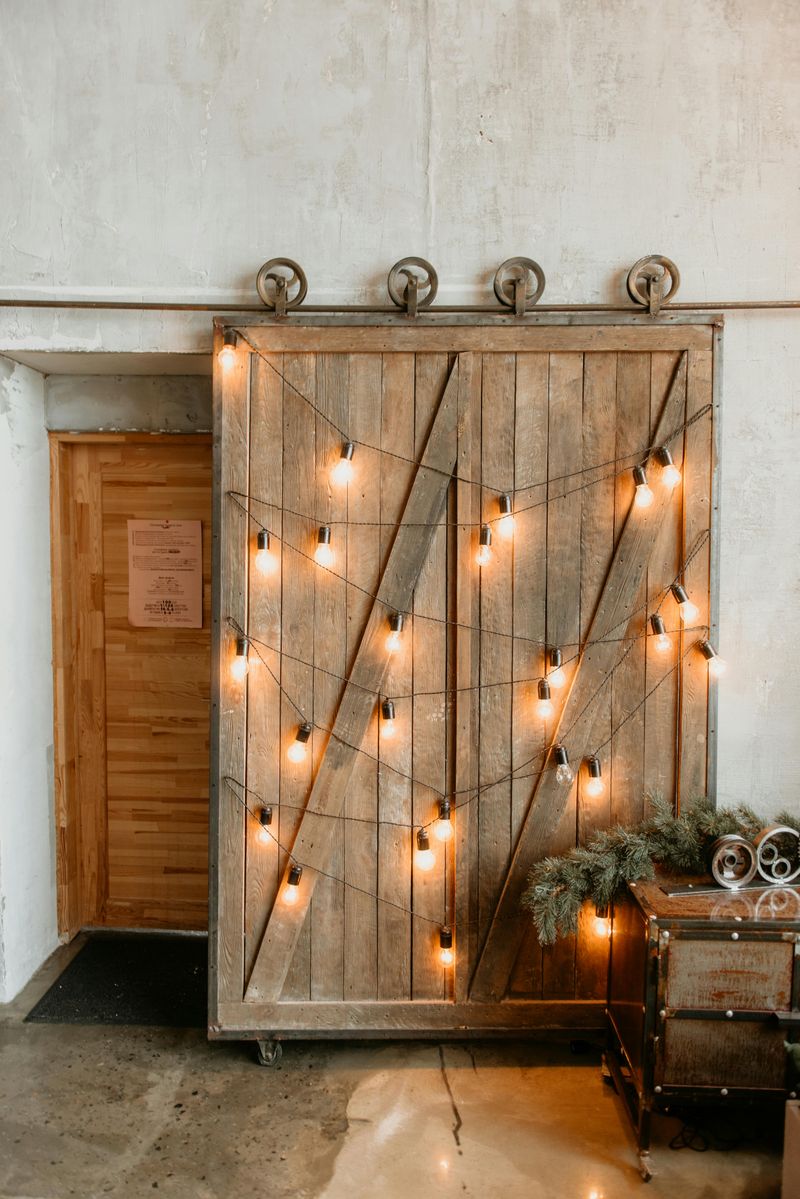
Barn doors bring a rustic charm, reminiscent of rural countryside living. However, in a modern urban setting, they can appear out of place and excessive. The aesthetic clash between rustic and sleek can disrupt a space intended to be cohesive.
Moreover, barn doors are notorious for their lack of soundproofing. Unlike traditional doors, they don’t seal the room, allowing noise to travel freely. This can be a significant downside in homes where privacy and quiet are prized.
Functionality also suffers as barn doors can be cumbersome and tricky to operate. In spaces with limited wall space, they may even become an impractical choice, where conventional doors would function better.
7. Neon Accent Lighting
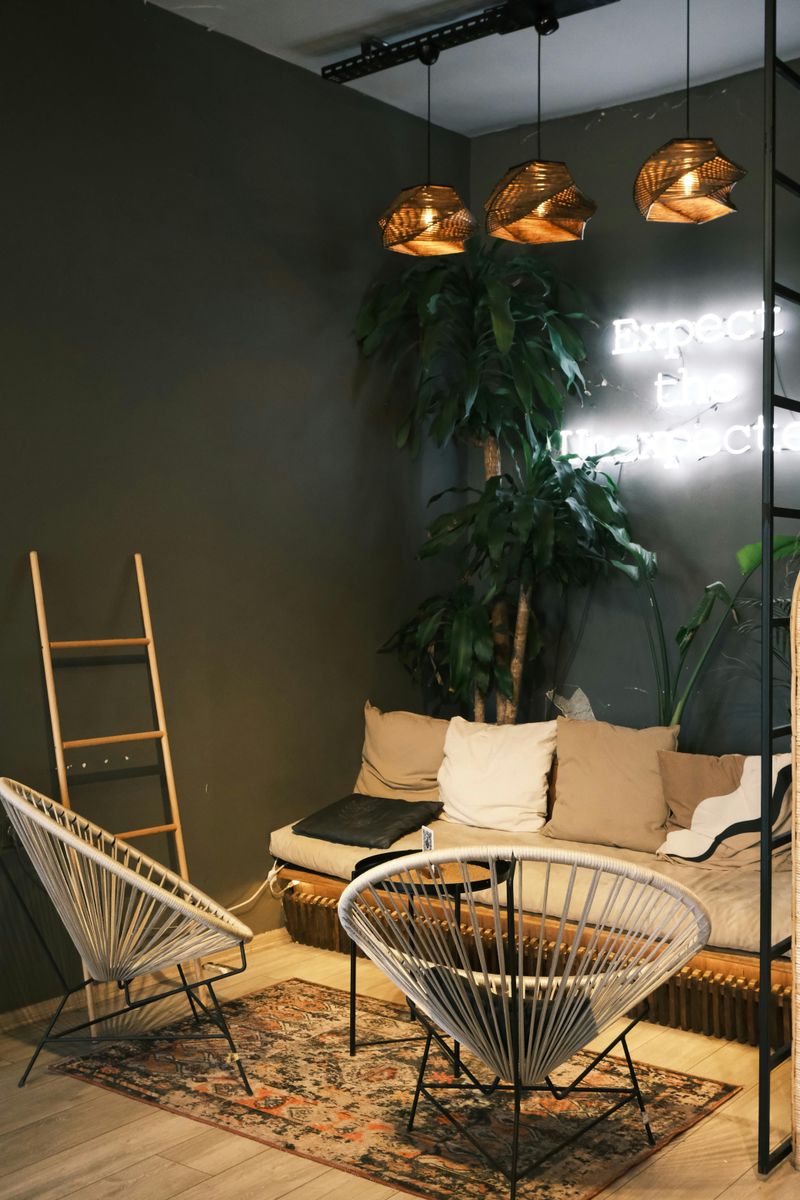
Unless you’re operating a nightclub or teenage gaming room, neon lighting rarely enhances home design. These harsh, buzzing lights create an uncomfortable atmosphere that fights against the cozy feeling most homes should cultivate.
Neon accents quickly become visually exhausting and rarely complement other design elements. The trend feels particularly jarring in otherwise sophisticated spaces.
Warm, dimmable lighting with proper placement creates much more flattering ambiance without the tacky, dated feel neon inevitably brings.
8. Overuse Of Trendy Colors
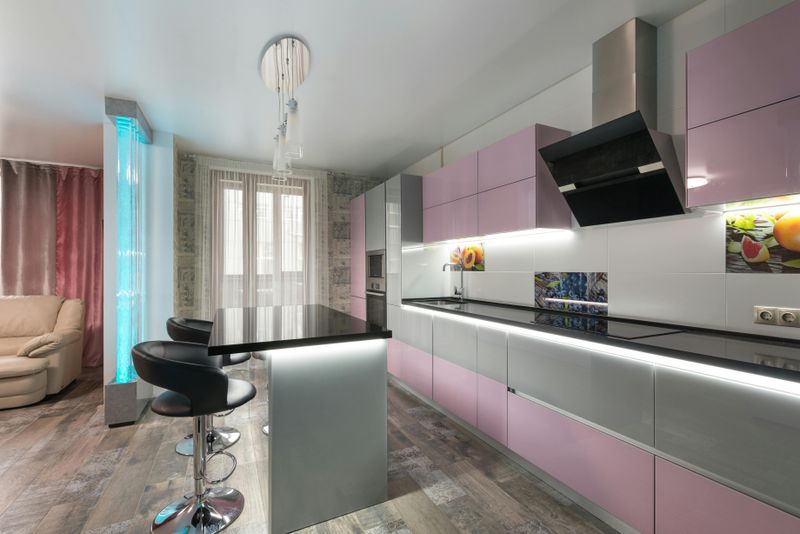
Remember when millennial pink was everywhere? Or when mustard yellow dominated every design magazine? Trendy colors saturate the market quickly, then vanish just as fast, leaving dated-looking spaces.
Committing to ultra-trendy hues in expensive items guarantees future regret. These colors often clash with subsequent design trends, forcing costly updates.
Better to incorporate current colors through easily replaceable accessories than permanent fixtures. Classic, neutral backdrops with thoughtful pops of color create timeless spaces that evolve gracefully.
9. Heavy Themed Décor
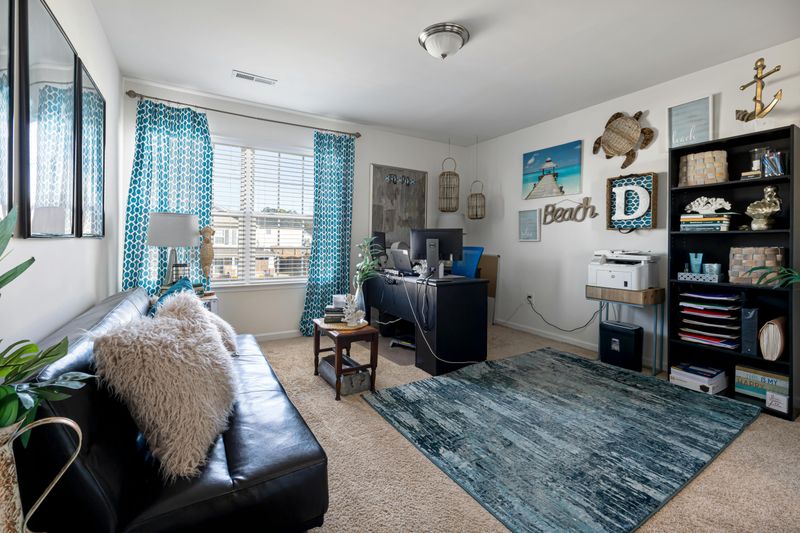
We’ve all seen those houses where coastal décor exploded, seashells, anchors, and “Beach This Way” signs covering every surface. Heavily themed rooms quickly become cartoonish parodies rather than sophisticated design statements.
Themed décor lacks subtlety and often feels like a vacation rental rather than a personal home. It also becomes tiresome quickly, unlike more restrained design approaches.
Gentle nods to themes through texture and color create more elegant, lasting interiors than rooms drowning in obvious thematic elements.

